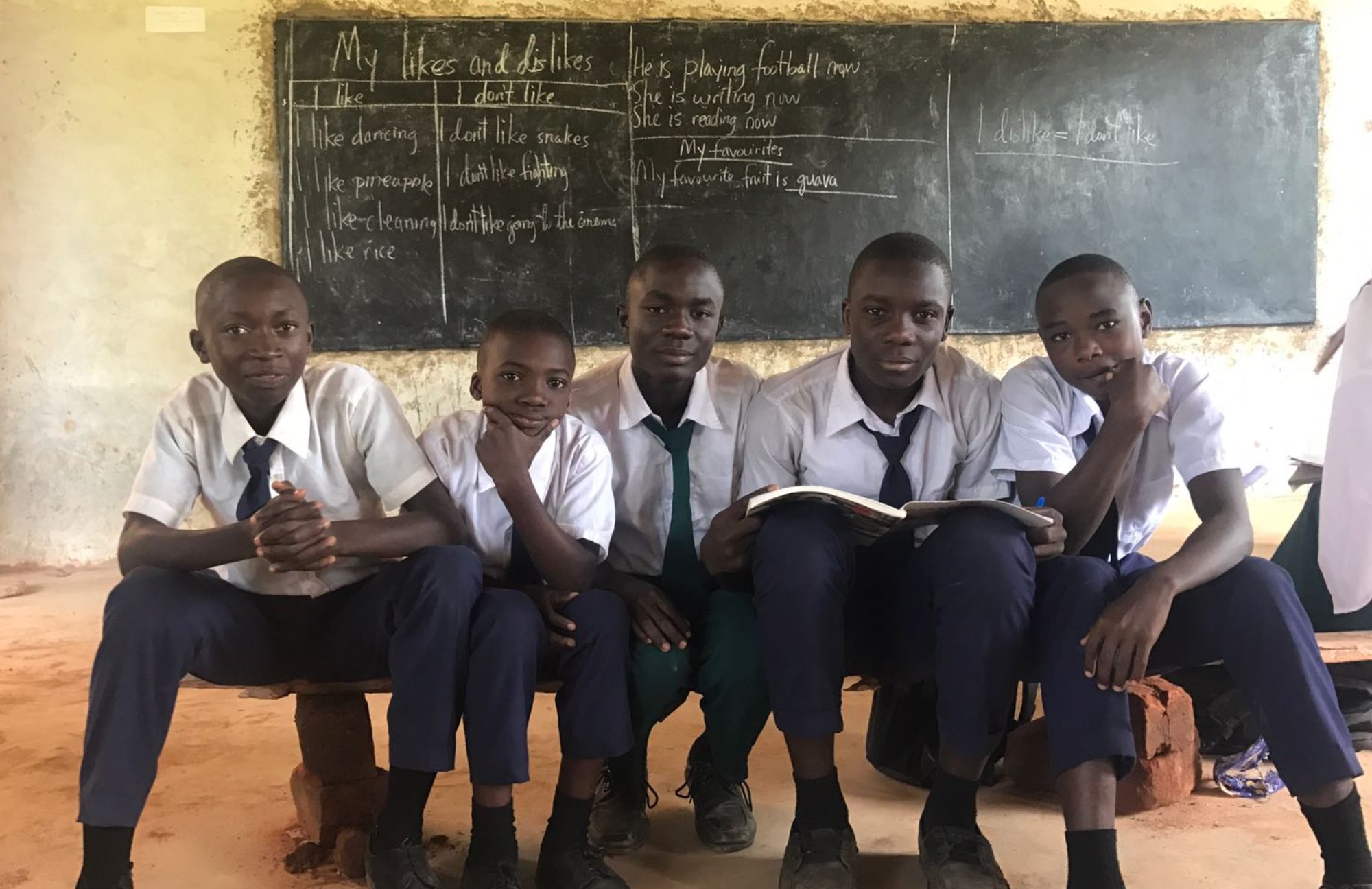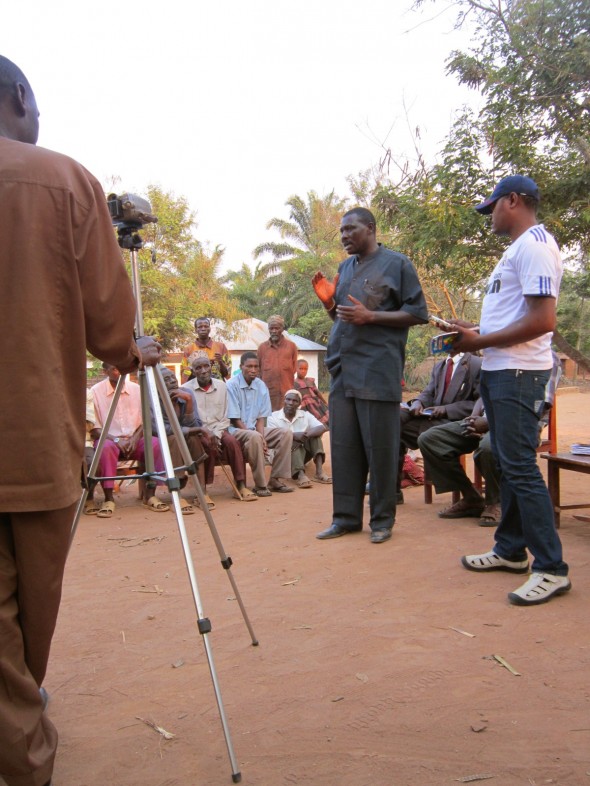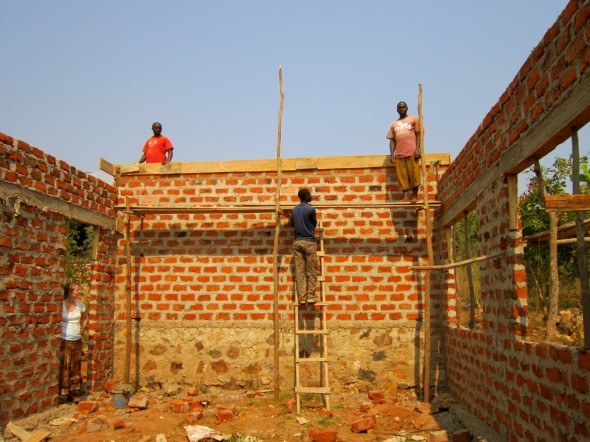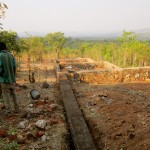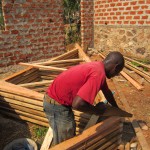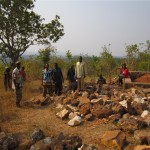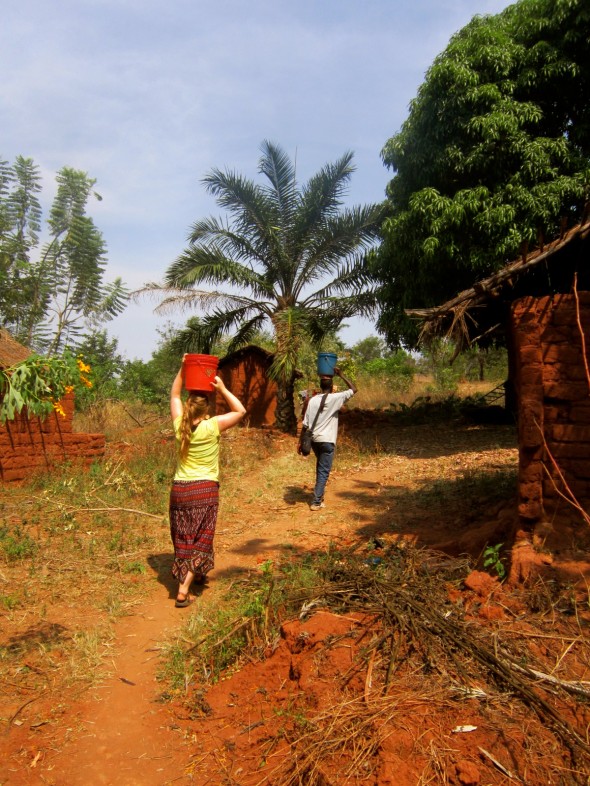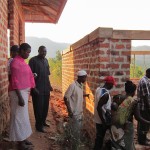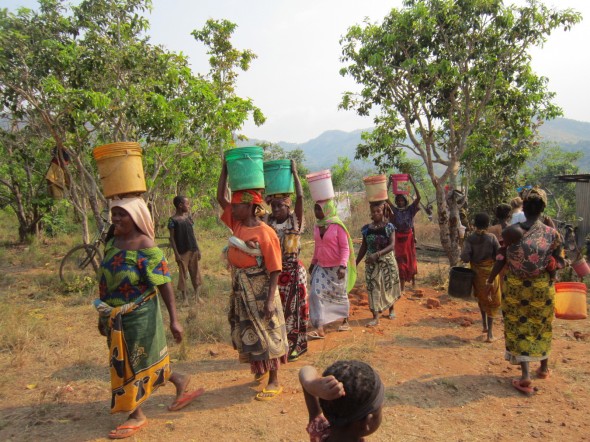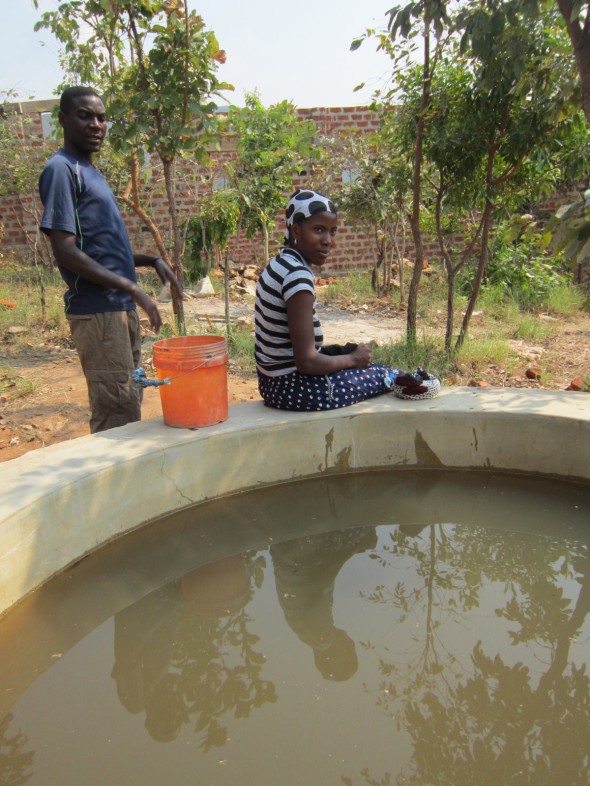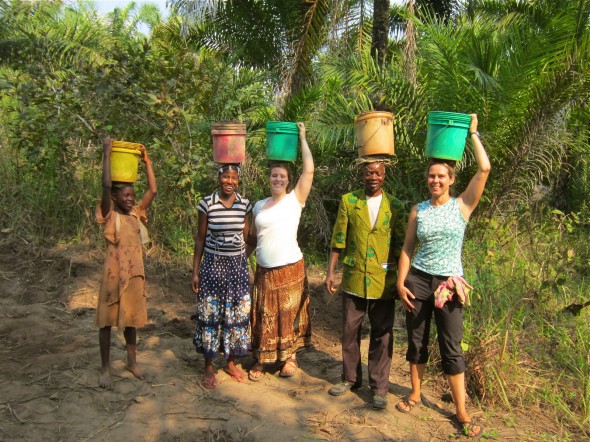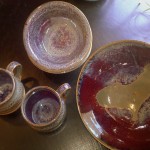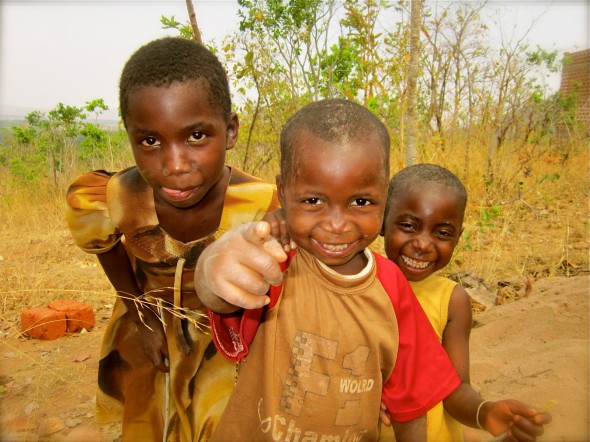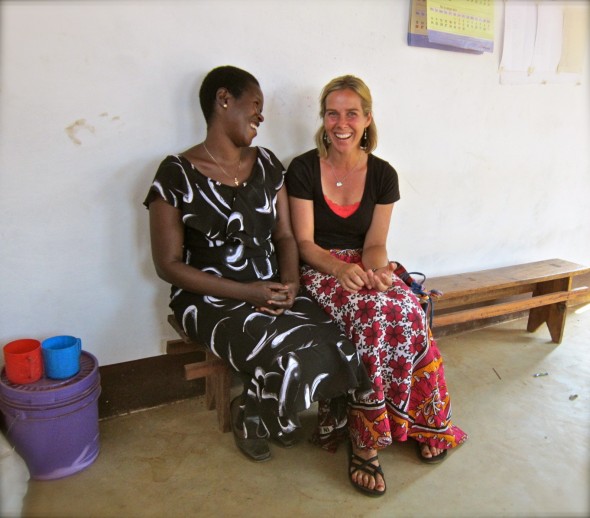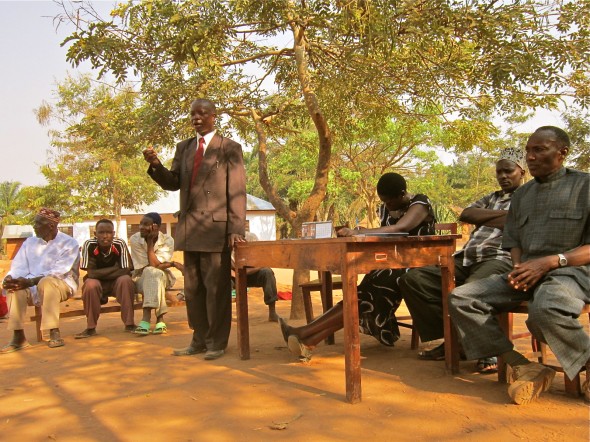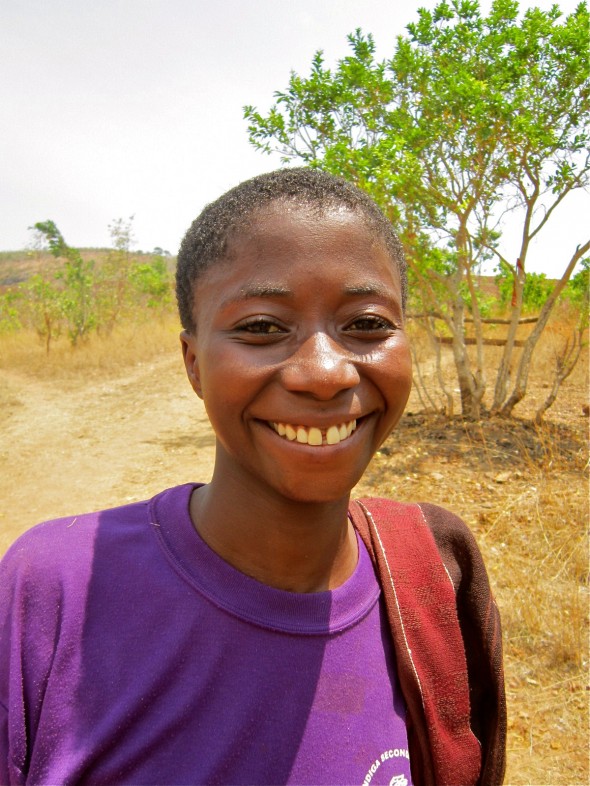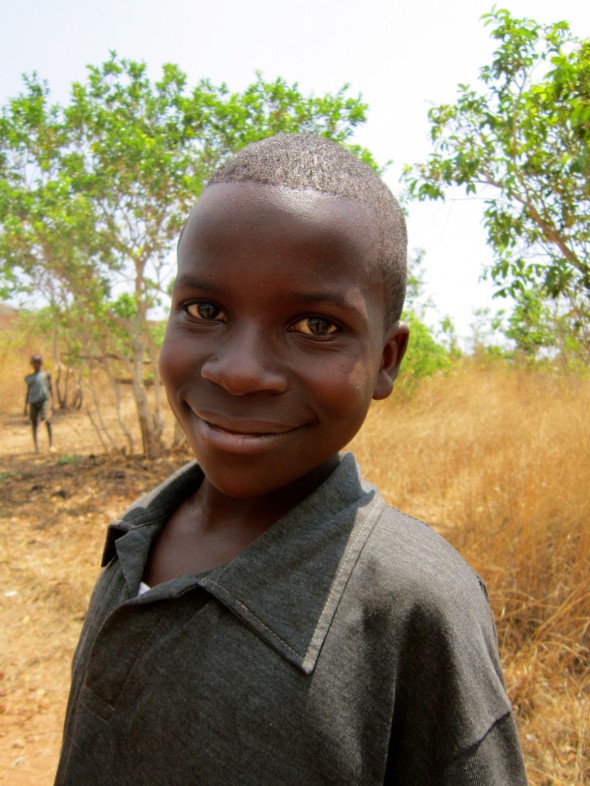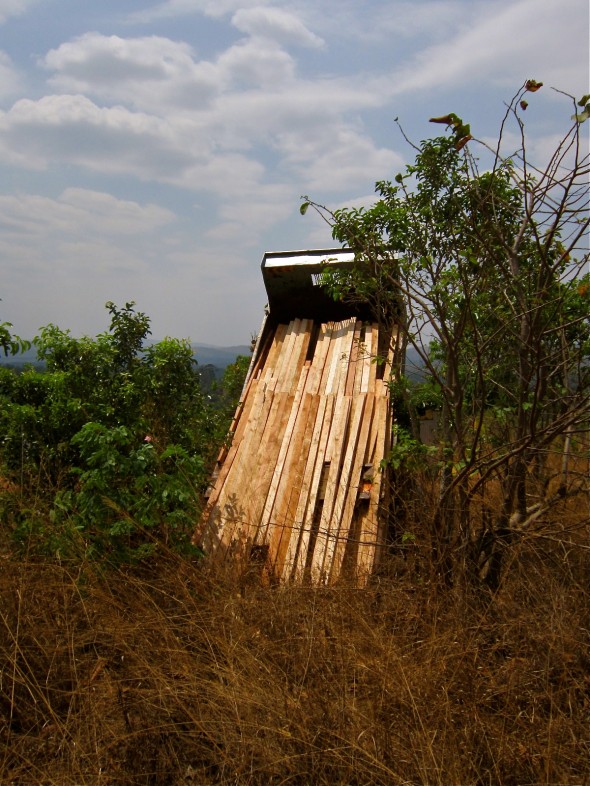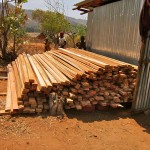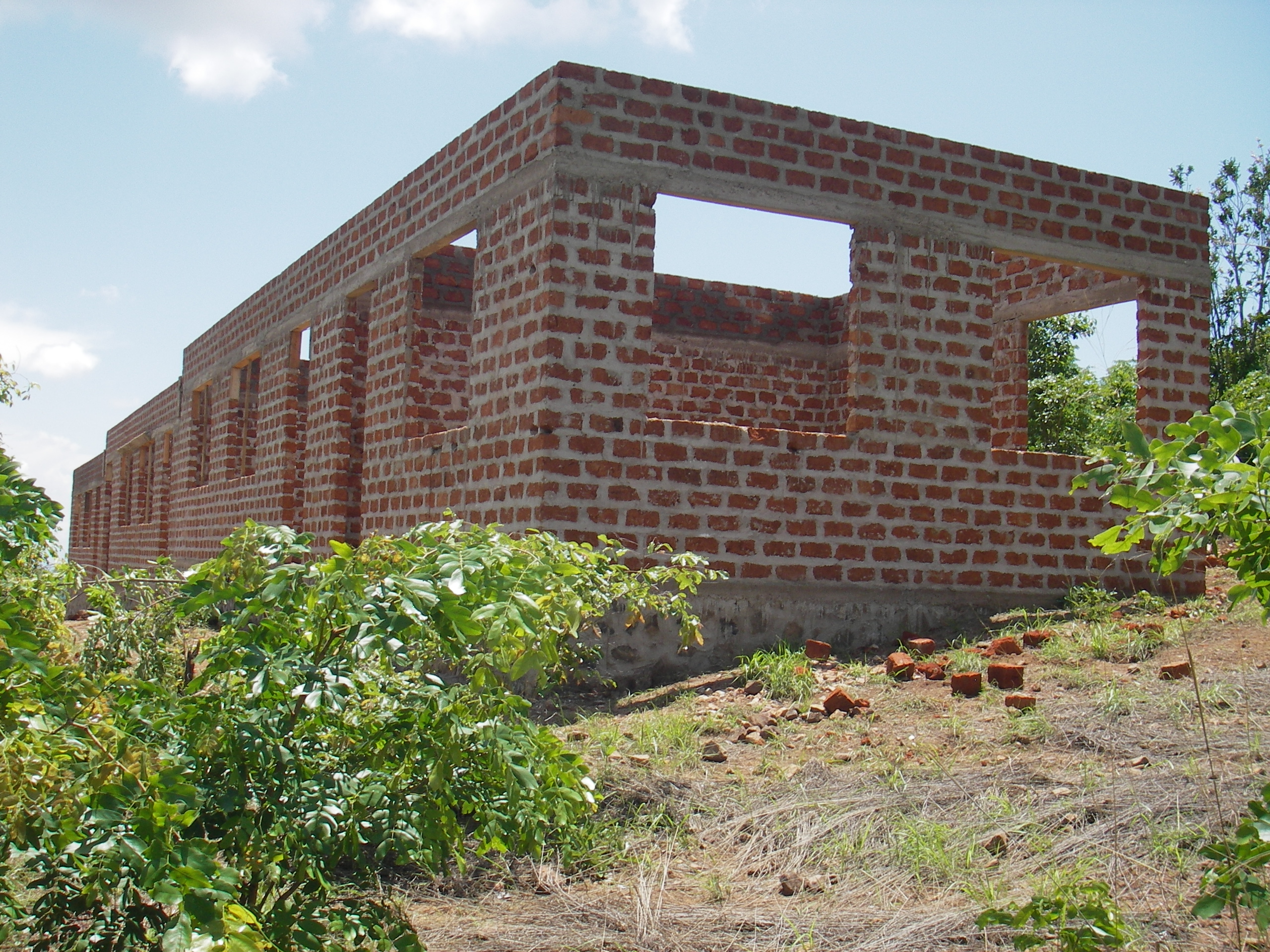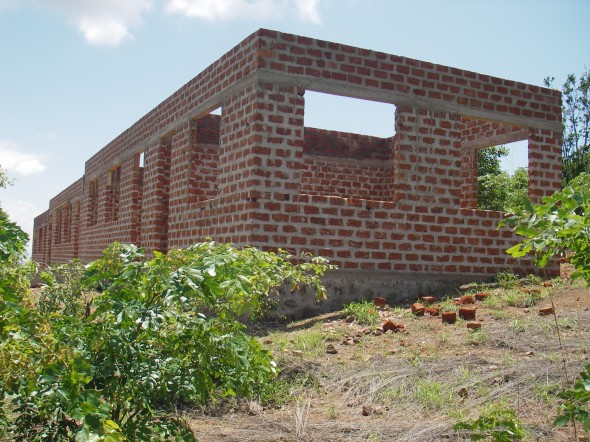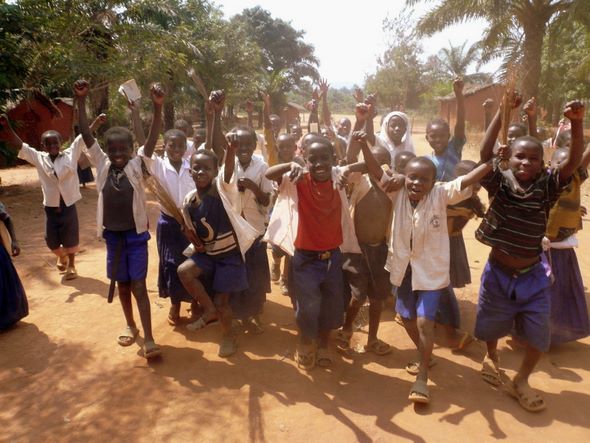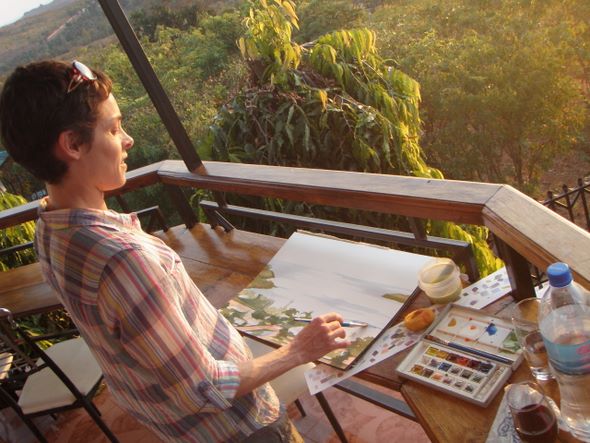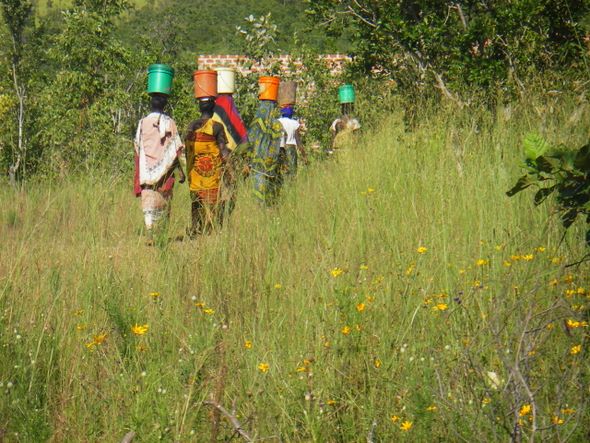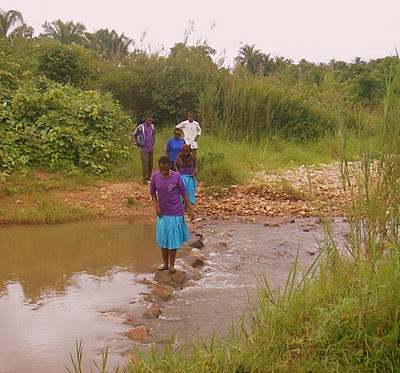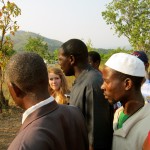 After discovering about some of our ‘issues’ here in the village, I composed a little talk for the village leaders. My friend in Kigoma, Bennie Muzzazzi helped me to translate it to Kiswahili so I could deliver it directly, knowing that what I wanted to say was being delivered. Here’s the video of the speech, followed by a transcript of my words (alternating between English and Kiswahili – some simplifications were made, but you’ll get the gist).
After discovering about some of our ‘issues’ here in the village, I composed a little talk for the village leaders. My friend in Kigoma, Bennie Muzzazzi helped me to translate it to Kiswahili so I could deliver it directly, knowing that what I wanted to say was being delivered. Here’s the video of the speech, followed by a transcript of my words (alternating between English and Kiswahili – some simplifications were made, but you’ll get the gist).
Of course – much conversation ensued, but it was all very positive and reassuring. The village leaders affirmed everything I said, even noting that the problems were not for the villagers but for the village leaders themselves. There were individuals within the leader group who were being outed without actually having their names said aloud. It was known by all who the ‘obstructors’ were and just by having this meeting, that was made clear and these ‘obstructors’ now know they are being watched by the leaders, the town powers, Lucas and me.
Meeting Village Leaders – July 17, 2012
Thank you for coming today for another meeting. This time is very important for me because I only come for 3 weeks each year. When I come I like to find out how the project is going and what needs or problems there may be.
Asante sana kwa kufika katika kikao hiki kwa mara nyingine tena. Kikao hiki ni muhimu sana kwani nakuja kila mwaka kwa wiki tatu. Kila nikija nataka kujua kinacho endelea kuhusu ujenzi wa Amahoro.
First, I want to thank you for your continued support. I know this is a big project and I know that it requires much from you and your citizens. But, as you know, without this support, the school may never be finished.
Kwanza, nasema asante kwa mchango weno wa hali na mali. Najua huu mradi ni mkubwa sana. Najua kwamba tunahitaji juhudi zenu na wanainchi wenu.
I would like to talk to you about Amahoro Secondary School. Do you know why I am here building this school? _______ I want to be sure that you know – I am here because I was invited to offer support by chancellor Bitata in 2009. I don’t need this school and it would be easier for me to work in another part of the world, closer to my home. But, I told Chief Bitata that I would support Mgaraganza and I am following through with my commitment.
Napenda kueleza juu ya shule ya secondari amahoro. Mnajua kwanini nimechagua kujenga shule hapa? _____ Mjumbe Bitata aliniomba. Ningeweza kujenga shule sehemningine karibu na nyumbani kwetu. Lakini, milimwambia mjumbe Bitata kwamba napenda kusaidia Mgaraganza. Sasa nimetimiza ahadi yangu.
When I accepted this invitation to support Mgaraganza, I asked Lucas to join me. Together we founded Project Wezesha and established an NGO in the United States so we could raise money from individual, private donors. In the past 3 years, we have raised thousands of dollars, but it has not been easy. I have to ask often and I have to be creative when I ask people for money. Sometimes I have a sporting event and money goes to Project Wezesha. Sometimes I have a concert and people pay to listen to music. The money goes to Project Wezesha. Sometimes I ask people to donate to Project Wezesha at the holidays – like at Christmas time. I also have local businesses donate items for sale and the money goes to Project Wezesha.
Nilivyo kubari kazi hii, nilimuomba Lucas kujiunga nami tuwe pamoja kutengeneza mradi huu. Tulitengeneza mradi unaoitwa Project Wezesha huko Marekani. Miaka mitatu iliopita tulikusanya karibu dolar elfu arobaini kutoka kwa wafadhili mbalimbali. Nataka kuapa mfano wajinsi ninavyo kusanya fedha hizi siyo la hizi kupata fedha hizi. Mara nyingine, nandaa michezo mbalimbali kama vile riadha na watu hulipa kujiunga na mbio hizo. Mara nyingine, nandaa music na watu hulipia viingilio. Mara nyingine, watu hawanunui zawadi za Christmas nawaomba wachangie ujenzi huu. Badala ya kununua zawadi, wananipa fedha hizo.
People don’t give money for nothing. They like to know where their money is going and what their money is doing. For this reason, I make sure to give reports to the people who contribute. I use the internet and I share stories and pictures about our students, the citizens of the village, the builders and the leaders. It makes everyone happy to see the faces of the young people of these villages who will one day go to Amahoro Secondary.
Mnajua kwamba wafadhili hawatupi fedha bila kujua fedha hizo zinakwenda wapi na zinafanya nini. Kwasababu hii, kila mara nawapa habari wafadhili kupitia Internet. Nawapa habari na picha za wanafunzi, wanakijiji, wajenzi na viongozi wa kijiji. Watafurahi sana wakiona siku moja watoto wa kijiji hiki wakienda shule ya secondari Amahoro.
It also makes them happy to know that this village is not only accepting their money, but also contributing to the project through our Memorandum of Understanding – carrying stone, sand and water. This year, they are excited to see the roofs go up on the next row of classrooms. They are also excited to see the new foundation be completed with the hopes of finishing the school next year.
Pia, watafurahi sana kusikia kwamba kijiji hiki hakipokei fedha tu, bali wanakijiji wanajitolea kwa nguvu zao wenyewe kwa kubeba mawe, mchanga na maji. Mwaka huu, wanataka kuona madarasa yamefikia kwenye renta na mabati na msingi wa madarasa mapya umekamilika. Ili mwaka ujao shule ikamilike.
There are many people who have donated to Project Wezesha in the last 3 years who want to visit next year. They are coming to open the school.
Wafadhili wengi waliochangia ujenzi wa shule hii miaka mitatu iliopita, wanataka kutembelea Mgaraganza na shule secondary Amahoro. Iliwahudhulie ufunguzi wa Amahoro Secondari.
As I mentioned, I only come here for a short time each year. I wish I could stay longer, but I have a full time job. Last January, I successfully completed my PhD. Now I’m Dr. Rai. After finishing my PhD, I began working full time for the University of Utah.
Kama nilivyotangulia kueleza mwanzo, nimekuja kwa muda mfupi. Ninahamu ya kuka muda mrefu, lakini nina kazi nyingi za kufanya. Kwani mwezi wa kwanza mwishoni nilimaliza PhD chuokikuu cha Marekani. Sasa mimi ni Dr. Rai. J Na ninafanya kazi katika chuokikuu cha Utah.
The problem with coming for only 3 weeks is that usually, I discover the problems that have occurred over the entire year and I only have a short time to address all the problems. Do you know what the problems might be for this year?
Tatizo la kuja muda mfupi ni kwamba nimegunduwa kwamba nikija nakuta kazi nyingi hazijafanyika, kwasababu watu hawajitolei kufanya kazi hapa. Mnajua matatizo yalio jitokeza mwaka huu?
This year, there are two big problems.
Mwaka huu, kuna matatizo makubwa mawili.
First, last year, I met with the village leaders and discussed the need for the Tanzanian government to support us to complete Amahoro Secondary School. I told them that I did not believe that Project Wezesha should pay for the entire school. In addition to the support of the villagers through small labor, I hoped that the Tanzanian government would contribute to help us with the cost of construction. Unfortunately, the village leaders did not submit a budget in time for the decision-making in January. As a result, there was no money set aside for Amahoro Secondary School.
Kwanza, serekali ya kijiji ilitakiwa kuwa silisha bajeti ya kijiji katika ofisi ya mkoa. Lakini, haikufanya hivyo. Kwa hiyo, hatukupata fedha kutoka serekalini.
Second, I learned that the citizens of the village are not contributing to the project as promised by the village leaders. Our agreement stated that the citizens would contribute by carrying sand, stones and water. Last week, we came to Mgaraganza village to find out that no one was helping with these tasks. As a result, the builders went home yesterday because they had no water or sand to make concrete, so they could no longer work on the foundation. This is a problem for 4 reasons. One – it is a violation of our agreement. Two – it means that the workers don’t have a job. Three – it means the school construction progress stops and it will take longer to finish this school than necessary. Four – Lucas tries to encourage work, but he is not a leader and he is not from this village, so this is not his job.
Pili, niligundua kwamba wanakijiji hawakuchangia mradi kama walivyo ahidi viongozi wa kijiji. Mkataba wetu ulikuwa kwamba wanakijiji watajitolea kubeba mchanga, mawe na maji. Wiki iliopita tulifika Mgaraganza tukakuta kuna chochote – hakuna mawe, hakuna mchanga, hakuna maji. Jana – mafundi walirudi mjini. Hili ni tatizo. 1) Mmevunja ahadi yetu 2) Mafundi hawakufanya kazi 3) ujenzi umesimama na hauta kamilika 4) Lucas anakuja hapa kila mara kuomba kumsaidia, na sio mwanakijiji wahapa na hakuna anaye msikiliza.
This is not a new problem but it is a big problem. In the past year, Lucas has come to the village to talk to the leaders about this problem. Some parts of the village are contributing, but not all. I want to say thank you very much to those who are contributing. I saw the piles of stones along the road to Mtanga and I know people are contributing. Unfortunately, not everyone is contributing and therefore, we had to stop working.
Hili sio tatizo jipya, lakini ni tatizo kubwa. Mwaka uliopita, Lucas alikuja hapa kuongea naviongozi kuhusu tatizo hili. Baadhi ya wanakijiji walijitolea kufanya shughuli hiyo. Napenda kutoa shukrani kwa waliyo jitolea. Niliona mawe makubwa barabara ya Mtanga na najua kwamba watu walichangia. Asante. Kwa mbati mbaya sio wote waliochangia, na tulisimama kufanya kazi.
This school is for your children. Last year, I talked with some of the students here. I interviewed them about their dreams for the future. Do you know what the children hope to be some day? ____ They told me they want to be nurses, doctors, the president of Tanzania, engineers, electricians.
Shule hii ni kwa ajili ya watoto wenu na wajuku zenu. Mwaka uliopita, nilizugumza na wanafunzi hapa. Niliwauliza juu ya ndoto zao za badae. Waliniambia wanataka kua manesi, madactari, maraisi wa Tanzania, walimu, engineer. Naomba mjua kwamba shule hii itatoa watu hao.
These children are still full of hope and their dreams are big. Let’s be sure to give them every chance possible – even here in the village. So much is possible with education.
Wanafunzi hao baado wanandoto hizo. Tuhakikishe tunawapa nafasi hizo. Kila kitu kinawezekana katika elimu.
But first, I thank you all for your support and ask that you continue to believe in this school and trust that it can and will make a better life for your children and therefore your village.
Lakini kwanza, tena, napenda kuwashukuru kwa kunipa mchagowenu. Naomba mtambue kwamba shule hii itawapa watoto wenu maisha mazuri na bora.
Thank you very very much. I like you all very much. Together we will build this school for the village to ensure great education for all. Thanks.
Asanteni Sana Sana Sana. Nawapenda wote, sana! Tushilikiane kujenga kijiji chetu kwa kuwapa elimu nzuri vijana wetu. Asante!
